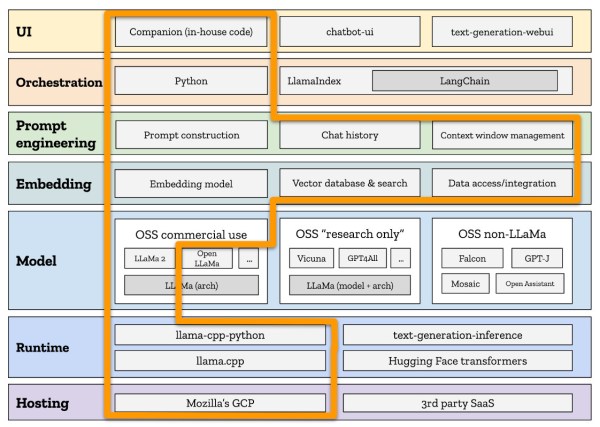Attention, slackers — if you do remote work for a financial institution, using a mouse jiggler might not be the best career move. That’s what a dozen people learned this week as they became former employees of Wells Fargo after allegedly being caught “simulating keyboard activity” while working remotely. Having now spent more than twice as many years working either hybrid or fully remote, we get it; sometimes, you’ve just got to step away from the keyboard for a bit. But we’ve never once felt the need to create the “impression of active work” during those absences. Perhaps that’s because we’ve never worked in a regulated environment like financial services.
For our part, we’re curious as to how the bank detected the use of a jiggler. The linked article mentions that regulators recently tightened rules that require employers to treat an employee’s home as a “non-branch location” subject to periodic inspection. More than enough reason to quit, in our opinion, but perhaps they sent someone snooping? More likely, the activity simulators were discovered by technical means. The article contains a helpful tip to avoid powering a jiggler from the computer’s USB, which implies detecting the device over the port. Our guess is that Wells tracks mouse and keyboard activity and compares it against a machine-learning model to look for signs of slacking.


















